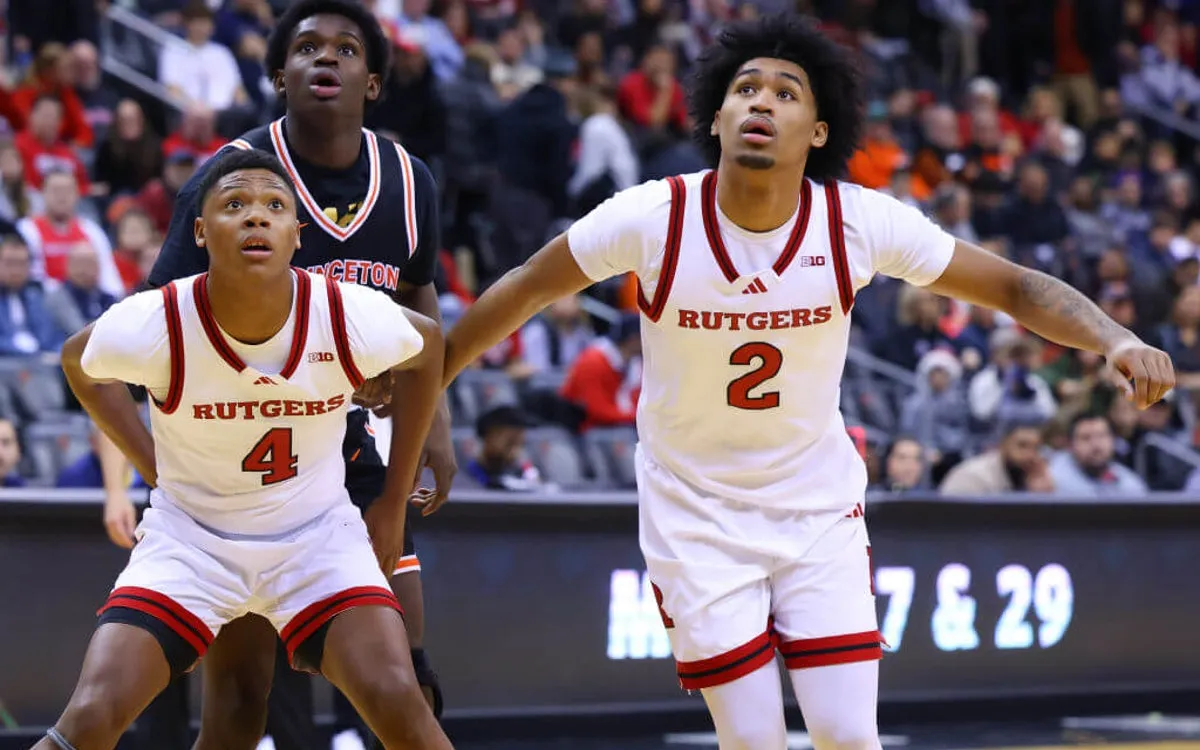
Every year, the NBA Draft garners significant attention, particularly focusing on the projected top picks. This heightened interest is understandable, as these players often become the most recognizable names and are widely discussed by both media and fans. However, it is crucial to remember that the draft extends beyond the lottery picks; the significance of selections made in the later rounds cannot be underestimated.
The conversation around the draft needs to broaden. Some of the players chosen in the late lottery or even late first and second rounds will undoubtedly make a substantial impact in the league over time. This paradox of the draft highlights that while the anticipated value of each pick generally decreases the further teams get into the draft, history shows that players selected later can sometimes have more successful careers than those chosen in the lottery.
The NBA has had its share of success stories with top picks, yet it often struggles to match those picks with a winning formula. For instance, the last player to win an NBA championship as the No. 1 pick with the team that drafted him was Kyrie Irving in 2011. Since 1980, only six No. 1 picks have achieved this feat, including legends like LeBron James, Tim Duncan, and Hakeem Olajuwon.
Interestingly, this season has demonstrated that exceptional talent can emerge from all stages of the draft. Players who received MVP votes were selected from various positions, including the first, third, seventh, and even 41st spots. Notably, no No. 1 pick has won the MVP award since LeBron in 2013, emphasizing the unpredictability of talent evaluation in the NBA Draft.
The ongoing debate in the NBA revolves around whether player selection or player development is more critical to a team's success. Teams must not only identify the best available player but also devise strategies to enhance that player's skills and overall impact in the league. This complexity adds another layer of difficulty to the draft process.
This year, Rutgers University is poised to make headlines, potentially having two players—Dylan Harper and Ace Bailey—selected in the top five of the draft. This is a remarkable achievement for a school with limited basketball tradition. Harper is widely regarded as the consensus second-best player in this draft, while Bailey's draft position remains uncertain, with projections ranging from No. 3 to the middle of the top 10.
Should both players be selected in the top five, it will mark only the 13th time since 1970 that two players from the same school have achieved such a milestone. If they land in the top three, it would be only the sixth occurrence since 2002, placing Rutgers alongside prestigious programs like Duke and Kentucky.
Age remains a significant factor in this year’s draft, with many players opting to remain in college longer to take advantage of NIL deals rather than entering the uncertain waters of the NBA. While younger players dominate the top of the draft, the back end features older prospects, often referred to as “senior citizens” due to their age of 22 or 23.
The trend indicates that selecting older players rarely yields a strong return on investment. This year, notable older prospects include Florida guard Walter Clayton Jr. and Nique Clifford from Colorado State, both of whom are expected to be selected later in the draft.
As the draft landscape evolves, it appears that shorter players are becoming less favored. Between 2010 and 2014, a notable number of players standing 6-3 or shorter were selected in the top 10, but in recent years, this trend has shifted dramatically. Teams now prioritize size when making selections, as demonstrated by the rosters of this season's final four teams.
The emphasis on size could spell trouble for smaller prospects like Jeremiah Fears and Jase Richardson, who have recently measured in as some of the shortest players at the combine. As teams look to build size and versatility, these players may find themselves slipping down the draft boards.
Speculation is rife regarding potential trades during the draft, particularly surrounding the Philadelphia 76ers, who hold the No. 3 pick. If the 76ers decide to make a move, this would represent a significant shift, as top-five picks haven’t been traded frequently in recent years. The last instance occurred in 2018 when the Atlanta Hawks traded the No. 3 pick to the Mavericks.
As the draft approaches, all eyes will be on how teams navigate their selections and whether any surprise trades will shape the future of the NBA.